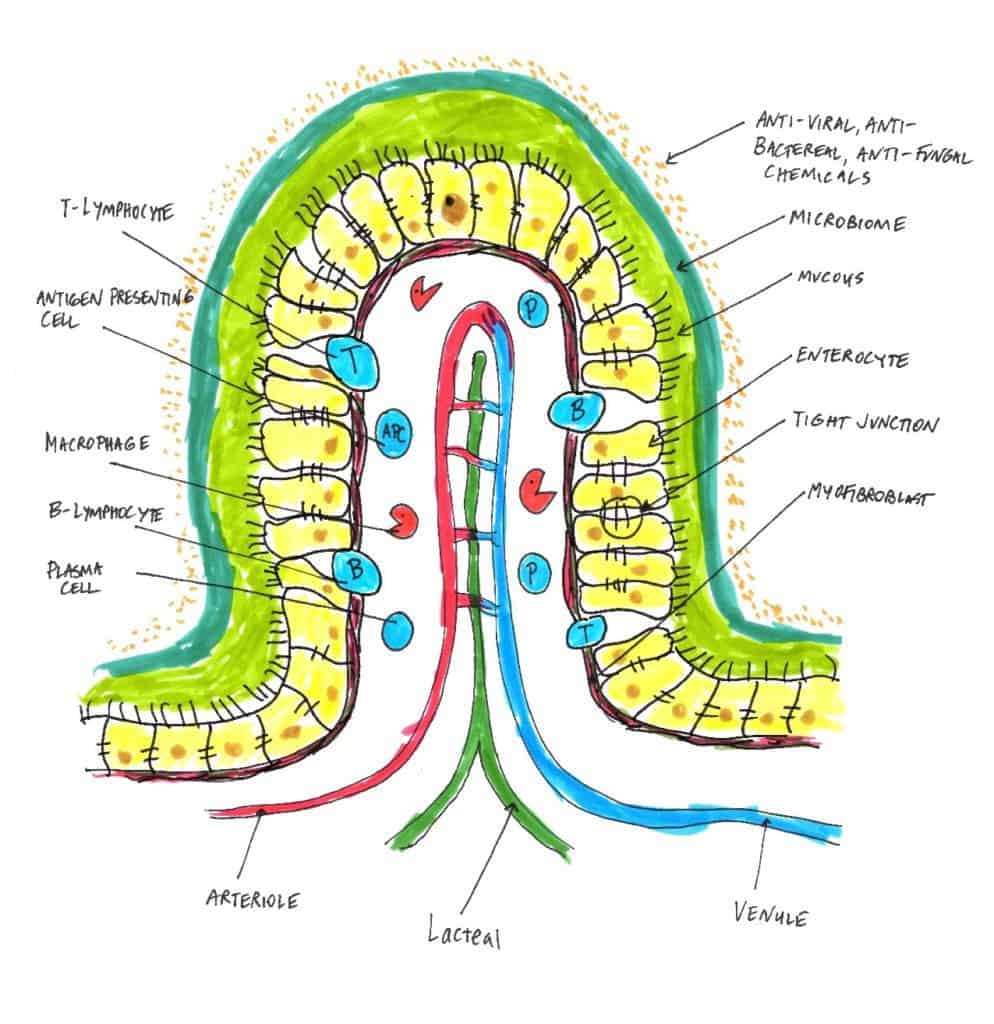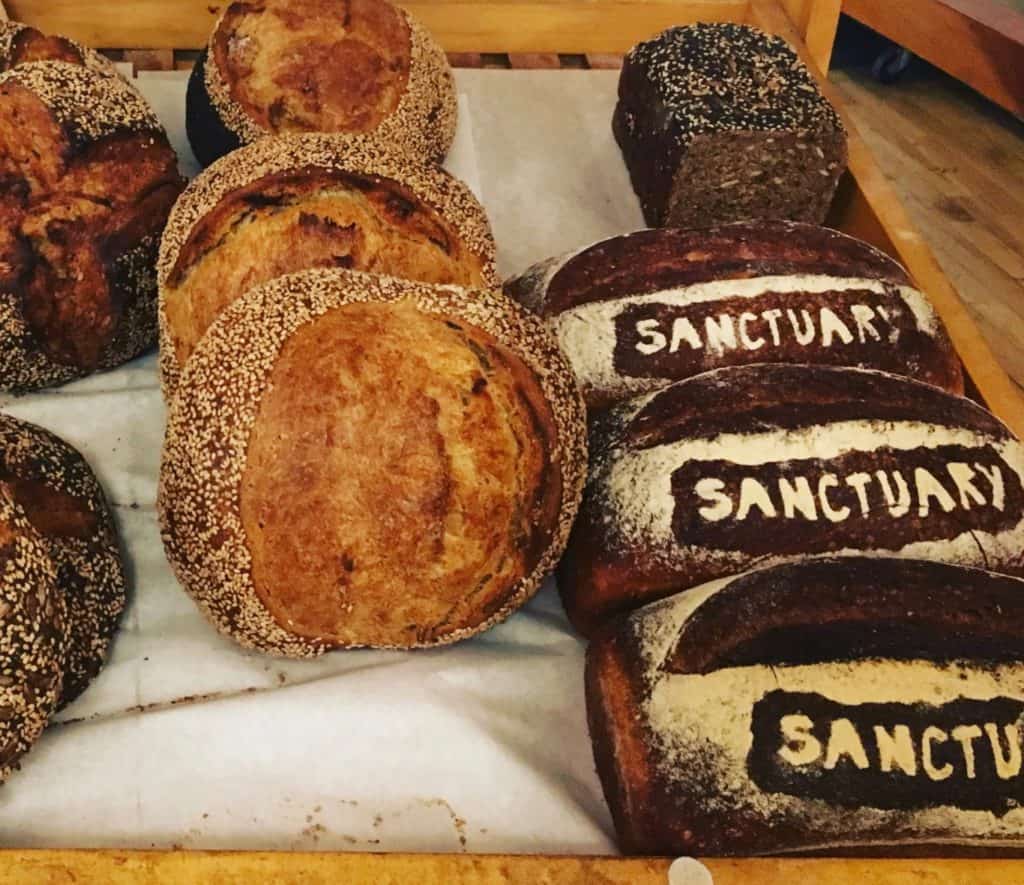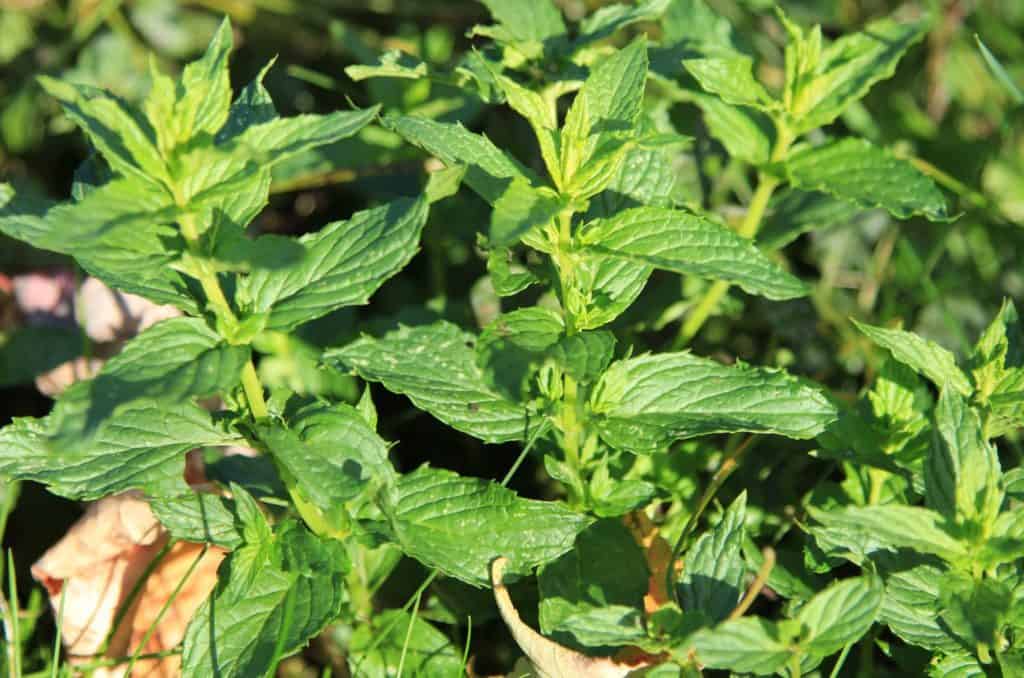When food is not your medicine…and very well might be making you sick
I don’t trust anyone who doesn’t eat cheese. I’m born and raised in Vermont. Refusing to eat cheese willingly is not natural. Aaaaannnnndddd…..
Intestinal cramps, diarrhea and malaise are not a fun way to start the day. Sitting here writing to you, I’m experiencing all of these things.
I know better. This was preventable. Yet my intestines have a lot to say and they don’t care one bit what I do and don’t know. They care a lot about what I’ve done.
For various reasons, the latest one being denial of relevant facts, I can no longer tolerate dairy. I know this and have had a week of udder cheese euphoria. Brie, cheddar, goat feta, monterey jack and oh, sour cream.
Simply stated: I. LOVE. CHEESE.
Flash back to the beginning of the post… all the result of my cheese binge. Perhaps it was for the greater good since I knew I would be writing this article and presenting a lecture on gut inflammation and I wanted to have compassion for what folks would be going through?
(Who am I kidding? I LOVE CHEESE!!)
We are about to embark on an informational journey.
[Cue Matrix music and Morpheus offering Neo the blue pill or the red pill].
You can’t unknow what you are about to know… so decide now…
“do you want the blue pill or the red pill?”
How we get leaky gut… the physiology
What we are choosing to call nourishment and put in our body’s is making us sick.
Autoimmune diseases such as MS, rheumatoid arthritis, Type I Diabetes Mellitus, lupus, thyroiditis, and other diseases such as atherosclerosis, depression and obesity, all have a component of increased intestinal permeability as part of their etiology. It is hypothesized that increased intestinal permeability precedes the diseases mentioned above.Despite what people think, genetic predisposition only accounts for 10% of folks presenting with the disease
We are NOT genetically predetermined to get 95% of all diseases. They are not inherited.
Let’s go back to talking about intestinal permeability.
The deciding factors should also include the environment (In this case, foods we are eating).
Here’s how the food we’re eating affects our overall health.
- A breach of the membrane (leaky gut).
- The environmental factor of being introduced and then reintroduced to an antigen
(protein in food) the body recognizes as foreign. This occurs because the
membrane is leaky. - The body makes antibodies to said molecule. The antibodies then attack the
protein introduced through the leaky gut and attack any other protein that looks
like it in the body (termed cross-reactivity or biomimicry). Since antibodies circulate in
the blood, they have access to all of your cells.
What does leaking antibodies mean for us really?
On a daily basis we are exposing the 2400 sq. ft. surface area of our absorptive mucous membrane in the small intestine to substances we have not evolved with – substances that increase the permeability of the gut.
Take a moment to let that absorb.
Let’s look at the major causes:
- Food additives that cause the intestines to be more leaky.
- NSAIDS (Nonsteroidal Anti-inflammatory Drugs a.k.a. Over the counter pain medications). All of them can cause pin prick holes in the lining, which, exposes the immune system, located just under the surface of your gut lining, directly with the food passing through the gut. The immune system is NOT supposed to come in direct contact with your undigested food and will recognize it as foreign (since it is).
*A note about digestion. Food traveling through the digestive tract should NOT
come into contact with the blood or your immune system. The molecules are too
big and recognized as foreign by the immune system. Digestion breaks food into
smaller building blocks that your body uses and does not recognize as foreign. - Foods that either cause the membrane to be more leaky, or don’t allow it to heal completely when it is injured.
- Steroids. These powerful anti-inflammatory drugs decrease all wound healing. Remember we are trying to heal a wounded leaky gut.
- Broad spectrum antibiotics that kill all bacteria, including our friendly bacteria whose job is to protect us. They protect us in many ways, one of them by being an extra layer in the lining, taking us space so other, less friendly, bacteria can’t take over. They can repopulate themselves, but there are cases where they can’t do it fast enough and less friendly, pathogenic bacteria take hold. (Anyone who’s had a C. difficile infection can attest to how “not fun” this infection is.)
- Chemotherapy and radiation kill the friendly bacteria of the gut. They must be repopulated once the treatments are done.
So how do we stay healthy?
The question you might be asking is, How do I stay healthy?
This is where you might not like the answers and wished you had taken the blue instead of the red pill. I’m not going to insult you by sugar coating the steps to take and I bet if you paused right now, you could write the list for yourself (I like to imagine how I would explain to an alien what it means to be a healthy human…or a third grader).
Unfortunately the problem is not solved by taking a pill and resuming the life of eating whatever we feel like.
First order of business, stop damaging the gut.
Let’s take them one by one.
1. Food Additives. Stop taking them.
You can check out this article for the whole list and all the explanations, but the simple version is to stop eating all processed food. They cause the membrane to leak. (Is processed food really food anyway?)
Processed food is cheap and quick. There is a socioeconomic piece here where if you are working 2 jobs to provide for your family you may not have the extra money needed to buy “healthy” processed foods. Yes, I said healthy processed foods. Organic “quick” foods are more expensive than their non-organic counterpart (and they are still processed). The key here would be to prepare all of our own food. And yes, that takes time that some folks may feel they just don’t have.
2. Avoid NSAIDS
Over the counter pain medications except tylenol (Aspirin, acetaminophen, naproxen, Celebrex, Lodine, Mobic, Nalfon, Daypro, Ansaid, Cambia, COX-2 inhibitors). Yes they cause holes, yes they account for over 16,000 deaths/yr (More than opiate deaths alone and yet, are still legal). No, I’m not saying never use them. I’m saying stop treating them like they are as benign as skittles candy, use sparingly, and find alternatives for the very real pain and inflammation we suffer from.
3. Foods to stop eating…
at least until you’ve determined if they cause YOU problems.
Something I know I didn’t want to hear, believe or acknowledge is most people have an addictive relationship with the foods causing problems. Signs of addiction? Minimizing and denial. So, with that in mind, let’s take a deep breath and check your imaginary list I asked you to make above, with the list I’m about to give you.
Here are foods to remove completely from your diet for at least 6 weeks to see if they are causing YOU problems:
Gluten
The #1 food that causes intestinal membranes to be leaky. In anyone.
Discussions about Celiac or gluten intolerance or gluten sensitivity are great intellectual processes. Diagnosing isn’t important here. We are trying to get you to feel better.
Want more intellectual info? Check out the article list at the end of the post. Want a felt sense of your body? Stop eating gluten. ALL of it. Check labels, it’s everywhere.
Dairy
Ouch. See the beginning of the post to remember my pain. There are over 20 proteins capable of causing your immune system to mount a response to milk – twenty.
We are not talking about lactose here (And grass fed unpasteurized milk has the same proteins….just happier cows). If you make antibodies to milk there is cross-reactivity with tissues in your own body. The antibodies you made for the milk (by exposing your immune system in your leaky gut) can then go and attack other tissues in the body.
This biomimicry has been linked to the autoimmune diseases of Lupus, MS, and Diabetes. It has also been linked to atherosclerosis, and childhood obesity.
Cross-reactivity and biomimicry occur with the other food allergens we discuss (especially gluten). If you’ve had or are thinking of having an “allergy test” for milk (or other foods for that matter) you should know the tests produce a lot of false negative results because they do not test for all triggering proteins. We will discuss the gold standard for allergy testing next.
FODMAP – Fancy acronym for the following foods.
This is another category (like gluten or dairy) and is commonly found in many different kinds of foods that cause digestive upset and/or are allergenic. Individually they are listed as part of elimination diets but here they are in one list and some foods are in more than one category.
Fermentable:
Foods that the bacteria in your large intestine will use as food and create discomfort (flatulence, bloating, diarrhea, constipation, nausea and abdominal pain).
It does not mean fermented foods. (Think of the foods that give you gas… legumes, cruciferous veggies.)
Oligosaccharides: Food with chains of fructose (Beans, onions, garlic, peas, artichokes, asparagus, leeks, wheat, rye).
Disaccharides: lactose & sucrose
Monosaccharides: fructose
Polyols (Sugar alcohols): Sorbitol, mannitol, xylitol, isomalt.
Other potential allergens
Here are more foods that have a higher index for allergies and should be eliminated when trying to figure out what is causing the leaky gut. Again you may have seen them in the other categories, but we’re trying to be complete….and I guess, redundant.
- Corn
- Legumes (soy & peanut)
- Eggs
- Nuts
Lectins
Lectins are molecules that have evolved in plants as a type of defense. They help the seed stay intact as it travels through the digestive system (the highest concentration of lectins are found in seeds….grains & beans). That’s great if you are a seed hoping to get planted in some really nice compost somewhere far away, but not if you are the digestive tract of the animal carrying it. Lectins in humans can prevent the mucosal layer of the small intestine from healing.
The intestine is mildly damaged every time you eat a meal, regardless of what foods you are avoiding and is designed to repair itself. Lectins prevent the quick repair.
Here are foods highest in lectins. Are you starting to see a theme?
- Nightshades (tomatoes, eggplant, peppers, and potatoes)
- Grains
- Legumes (especially peanut and soybean)
- Dairy
Here’s what to do next:
You may have heard of the elimination diet, it may even have been recommended to you. Again, it is the gold standard for finding food allergies. The elimination protocol is not the focus of this article, there’s a lot of information out there and you can find references and resources everywhere, (including the end of this post) but the basics are really about removing the daily injury to your intestines and allowing them to heal.
Elimination, and then introduction. It’s a three to six week process. So here we go:
Eliminating Common Irritants (ones listed above)
Remove the daily irritants (foods) known to cause damage in people for 6 weeks. This break will allow the lining to heal itself and the systemic inflammation to cool down a bit. Some people suggest 3 weeks and some suggest 6. I say really give your body the break it needs. You will be amazed at how much better you feel once you get through the withdrawal phase of your food addictions.
The immune system, since it will not be receiving daily signals to attack, will settle down.
During this time, it is also important to help the body heal the lining as well.
Wound healing herbs such as chamomile, calendula, plantain, marshmallow, peppermint and meadowsweet would be part of any formulation, along with the anti-inflammatory herbs ginger, turmeric and licorice.
Consult with a local herbalist for the best formula for you. Nutritionally, Vitamin D, is crucial for keeping the tight junctions between cells working properly (tight rather than leaky).
Re-Introducing Foods
After the 6 weeks of healing, the next step would be to re-introduce the foods you removed. This process is all part of a food elimination plan. The food elimination and reintroduction is the gold standard for testing for food intolerances/allergies.
Intellectually quite simple; remove gut leaking triggers completely, rest and heal, reintroduce after 6 weeks to see what happens.
Do you have similar symptoms? Yes? Avoid the food. No? Keep eating and see what happens.
Easy to say. Harder to do.
Want more information on food elimination?
Check out this article by Aviva Romm.
Let’s wrap this up.
Wow! We have come a long way in this journey.
My hope in this no nonsense presentation was to provide you with real information of the physiology behind leaky gut and how it is related to seemingly unrelated diseases.
Understanding how things work has always been a useful tool in my tool bag for changing a deeply entrenched behavior/belief system. I am now on day 12 of my abstinence from dairy. One day at at time.
Here are some further resources on this topic:
- “Gluten Sensitivity” May Be a Misnomer for Distinct Illnesses to Various Wheat Proteins
- A Protein In The Gut May Explain Why Some Can’t Stomach Gluten
- Why does gluten cause an immune response?
- Zonulin, regulation of tight junctions, and autoimmune diseases
- Changes in intestinal tight junction permeability associated with industrial food additives explain the rising incidence of autoimmune disease
- Zonulin and its regulation of intestinal barrier function: the biological door to inflammation, autoimmunity, and cancer.
- Surprises from Celiac Disease
- Doctor’s Book Presents The Case Against ‘Dairy Crack’
- 5 Steps to Heal a Leaky Gut from Ibuprofen
- Biology of Belief by Bruce Lipton
- The Whole30 Program



